Dear EarthTalk: Does all the pet waste American dogs and cats leave behind outside have an effect (positively or negatively) on the environment? — Mary C., Seattle, Wash.
Dog and cat waste may seem harmless, but the reality is that your pet’s poop can be very problematic for ecosystems where it accumulates. Think of an ecosystem as a closed box. Within that closed box is everything that makes up an ecosystem: the dirt, the bugs, the animals, the plants, the microbes, and all the different chemicals necessary for the functioning of each of the organisms that call this “box” home. Some organisms prefer some chemicals in abundance; others do not. As such, a homeostasis of sorts develops over time that eventually balances the populations of each organism in the box.
As these organisms eat one another, they absorb nutrients and excrete waste that is essentially a product of the organism they ate, derived from the very same chemicals that organism was made of. So, in effect, there is never an addition or subtraction of anything to that box. The same chemicals are being used over and over. However, if you were to add waste that was derived from an outside source to that box (ecosystem), say a dog-food factory where the ingredients (and therefore the chemicals) are chosen in abundance to provide the best possible diet, then you would be upsetting the balance of that ecosystem.
The chemicals found in pet feces that are the most problematic are nitrogen and phosphorus, which in overabundance can cause certain organisms to thrive, and others to falter. Algae blooms, for example, thrive when nitrogen and phosphorous levels are high. These blooms can spread very quickly across waterways, sucking the oxygen from aquatic ecosystems and suffocating wildlife.
So, what are we supposed to do with all this poop? Throwing it in the trash unfortunately just moves the problem to another location. Our best option would be to naturally compost it, but if your options are limited, flushing it down the toilet to be processed at a sewage treatment facility is considered the most convenient and greenest option today.
EarthTalk® is produced by the 501(c)3 nonprofit EarthTalk. Send questions to: question@earthtalk.org.



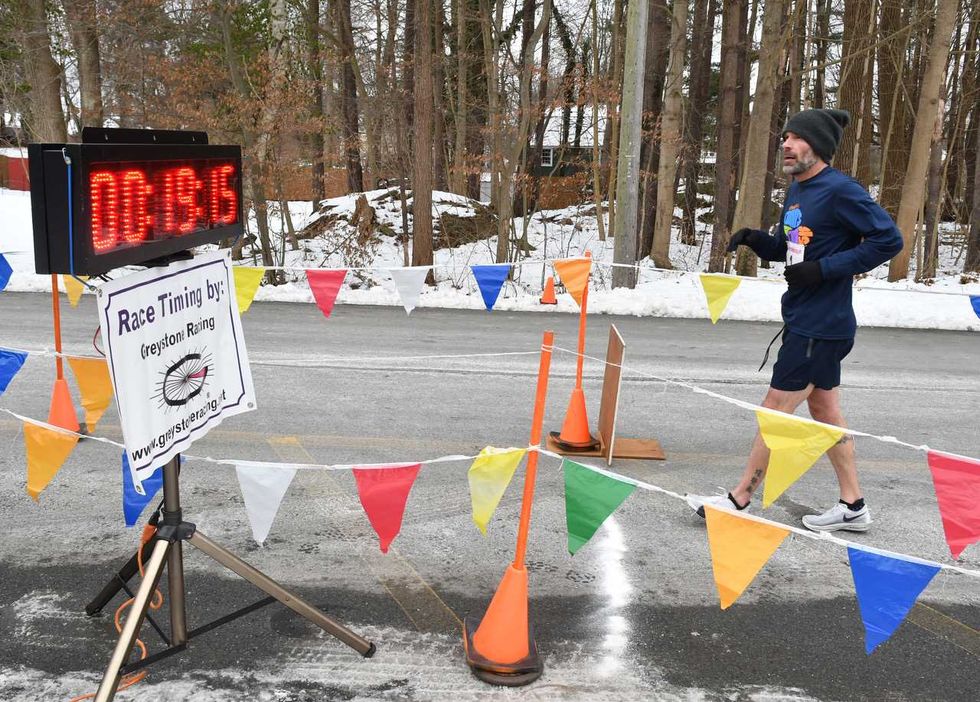 Michael Mills of Goshen crosses the finish line to win the 5th Annual North Canaan Santa Chase 5K on Saturday, Dec. 13, ByJohn Coston
Michael Mills of Goshen crosses the finish line to win the 5th Annual North Canaan Santa Chase 5K on Saturday, Dec. 13, ByJohn Coston  Santa crosses the finish line at the 5th Annual North Canaan Santa Chase 5K By John Coston
Santa crosses the finish line at the 5th Annual North Canaan Santa Chase 5K By John Coston 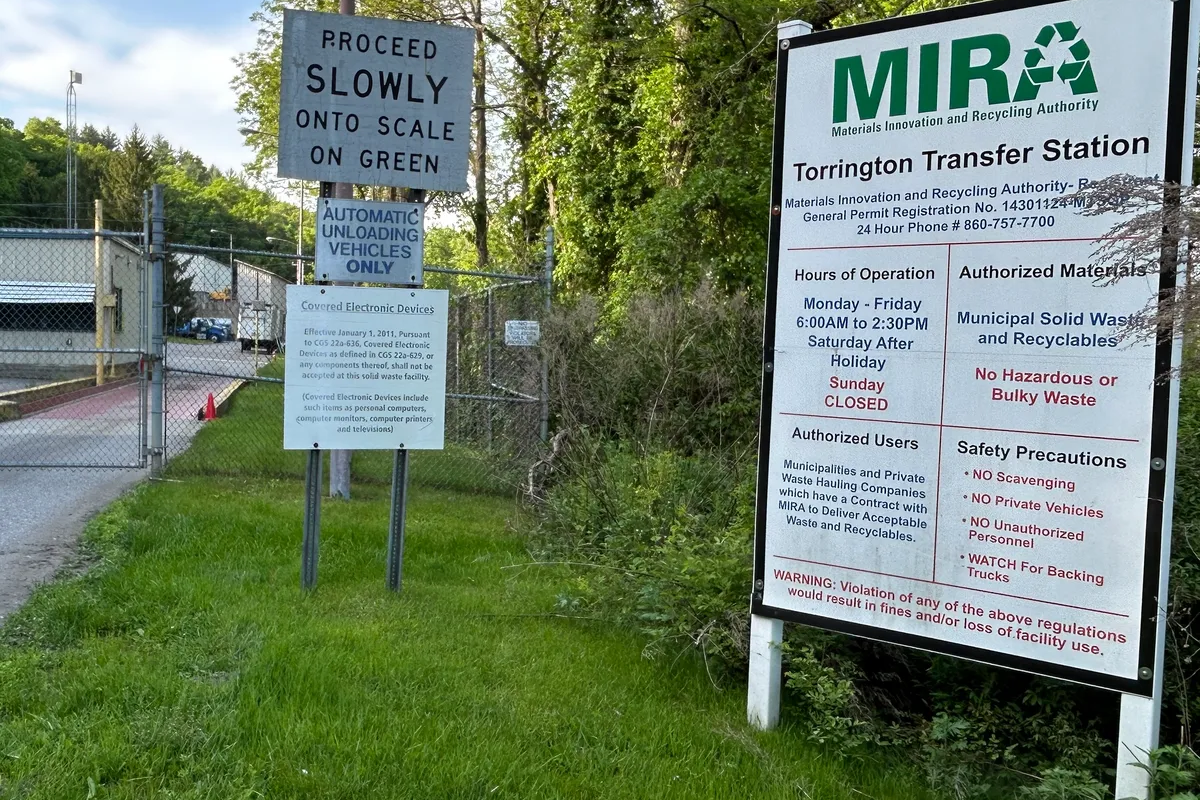
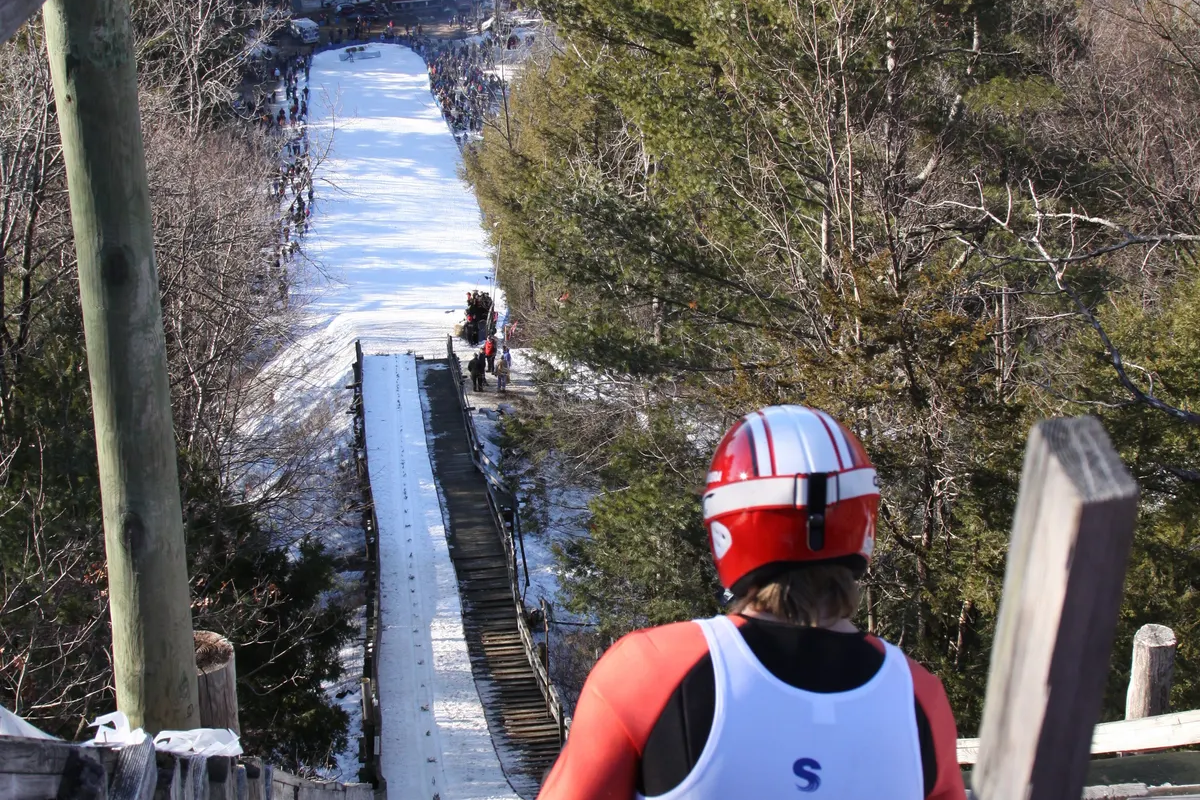
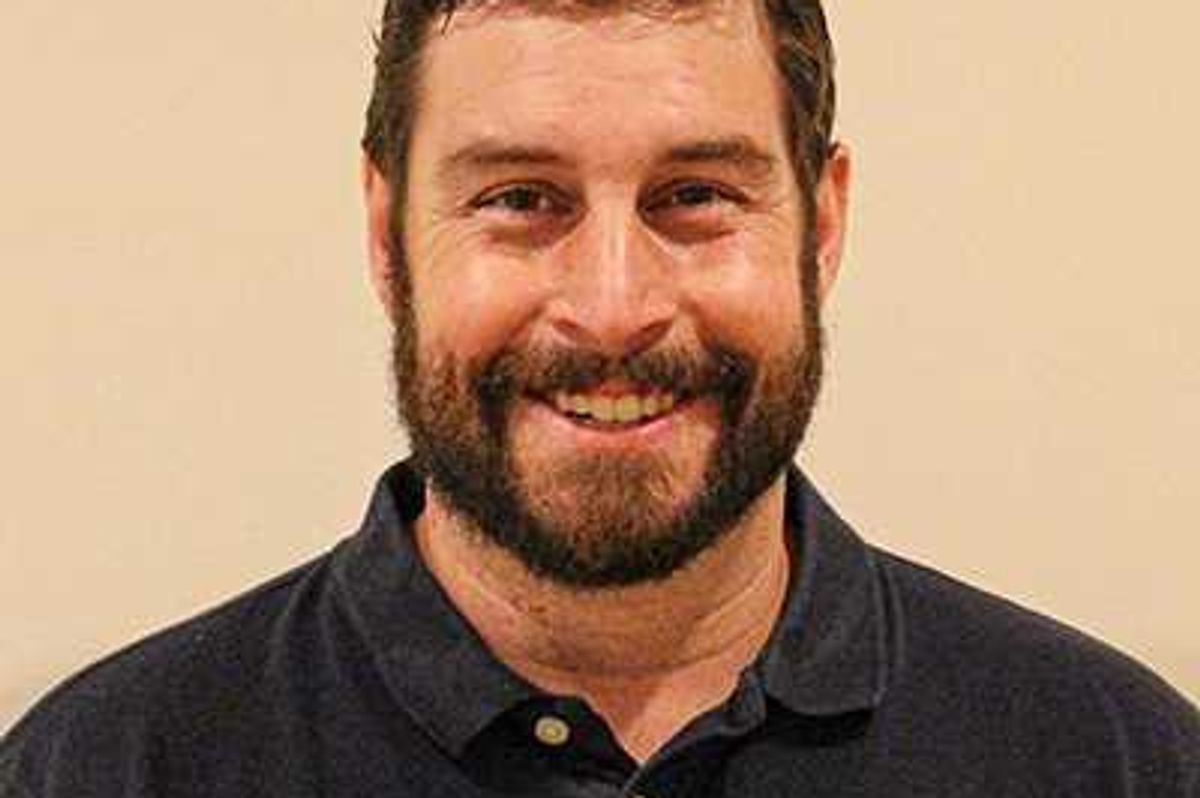
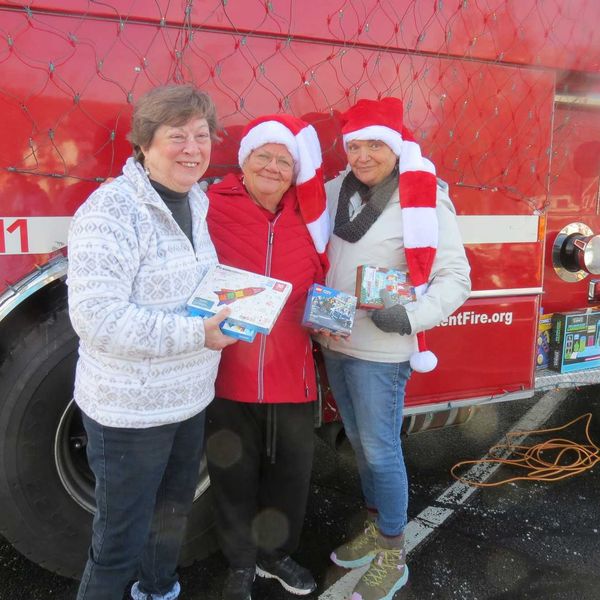
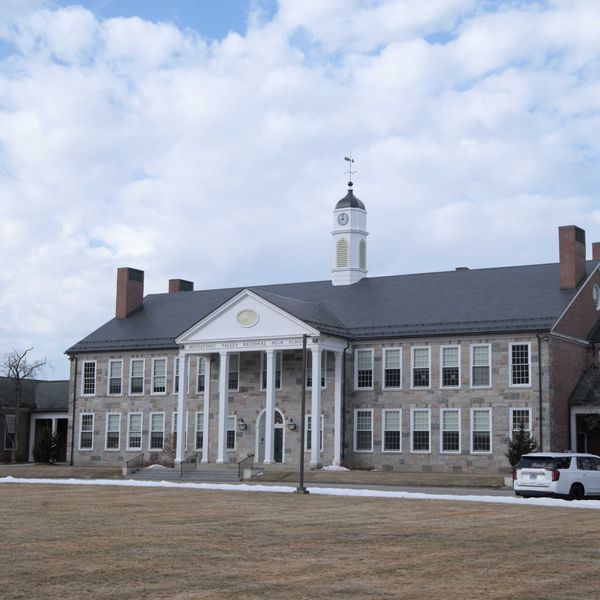
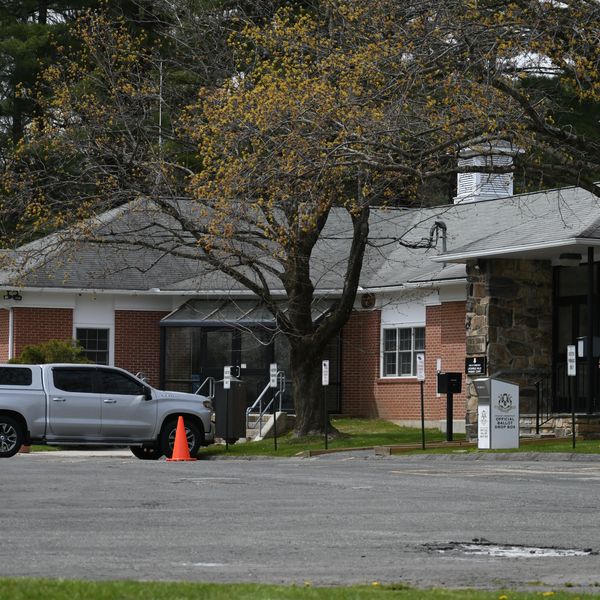
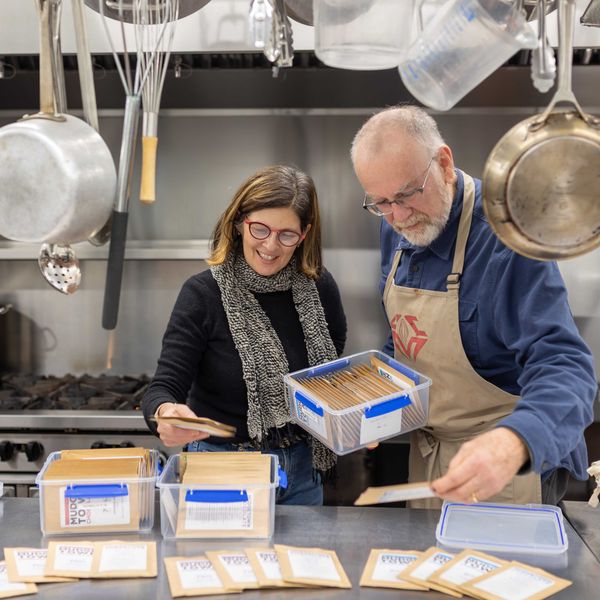

The effect of pet waste on the environment